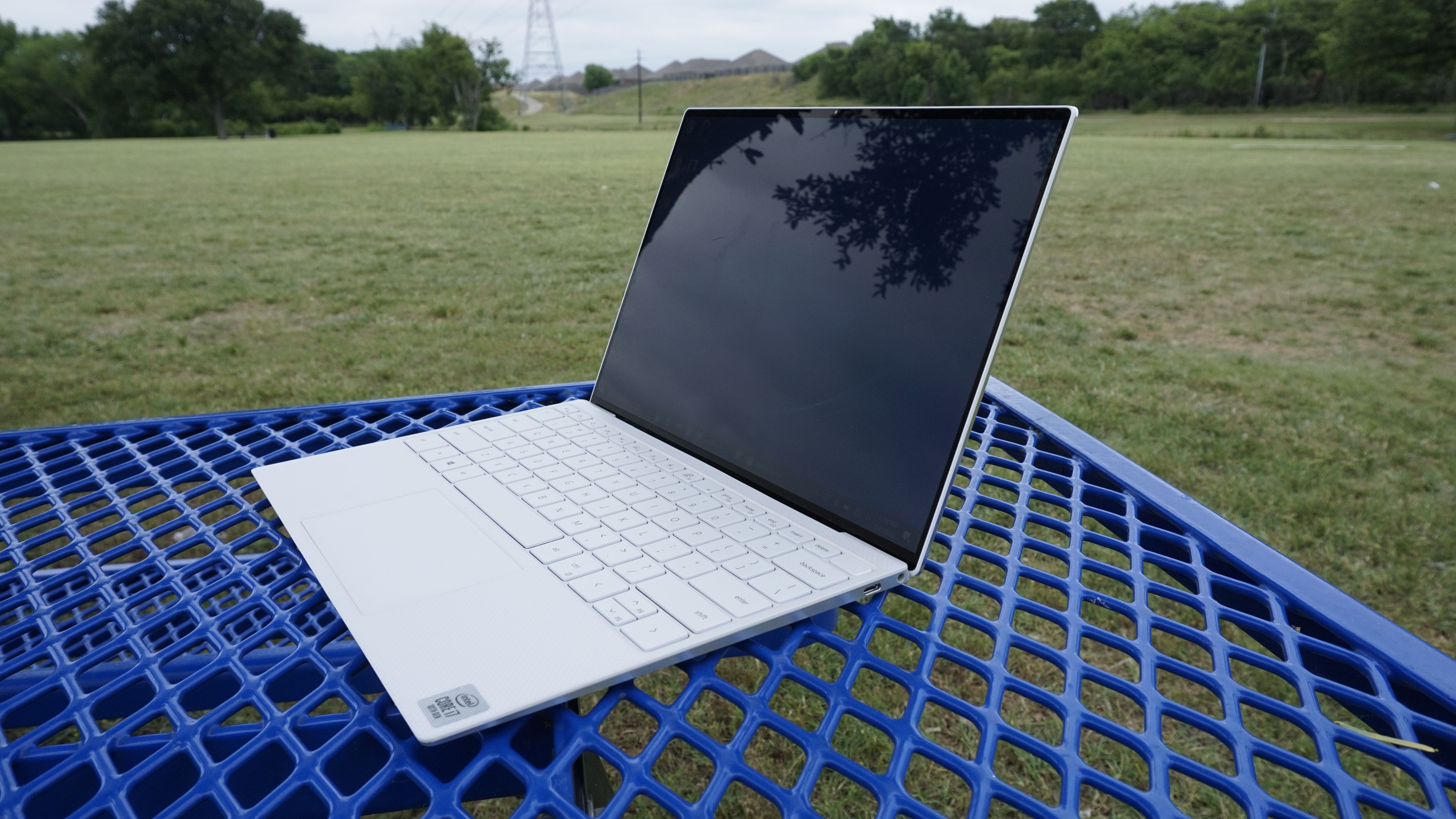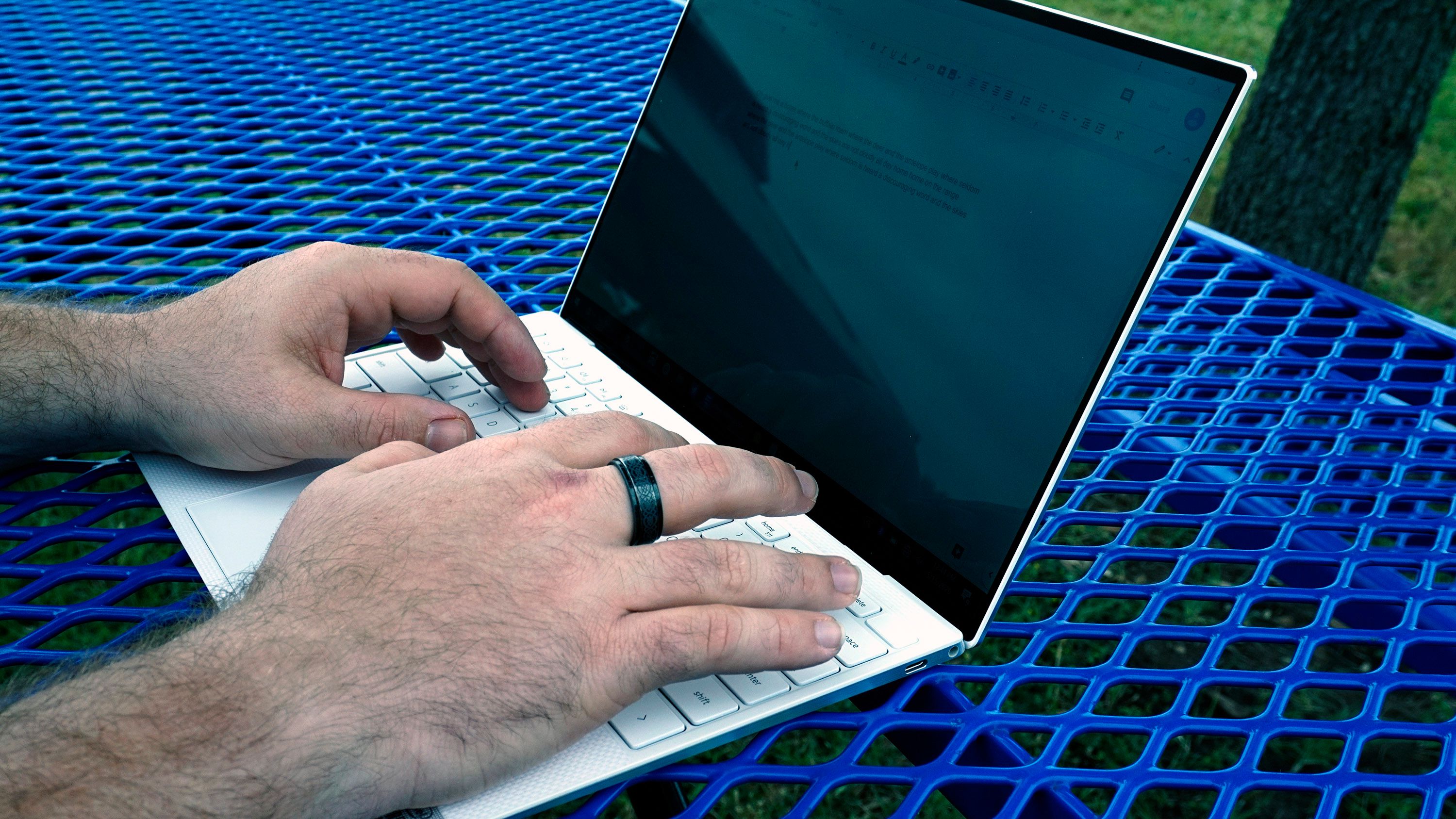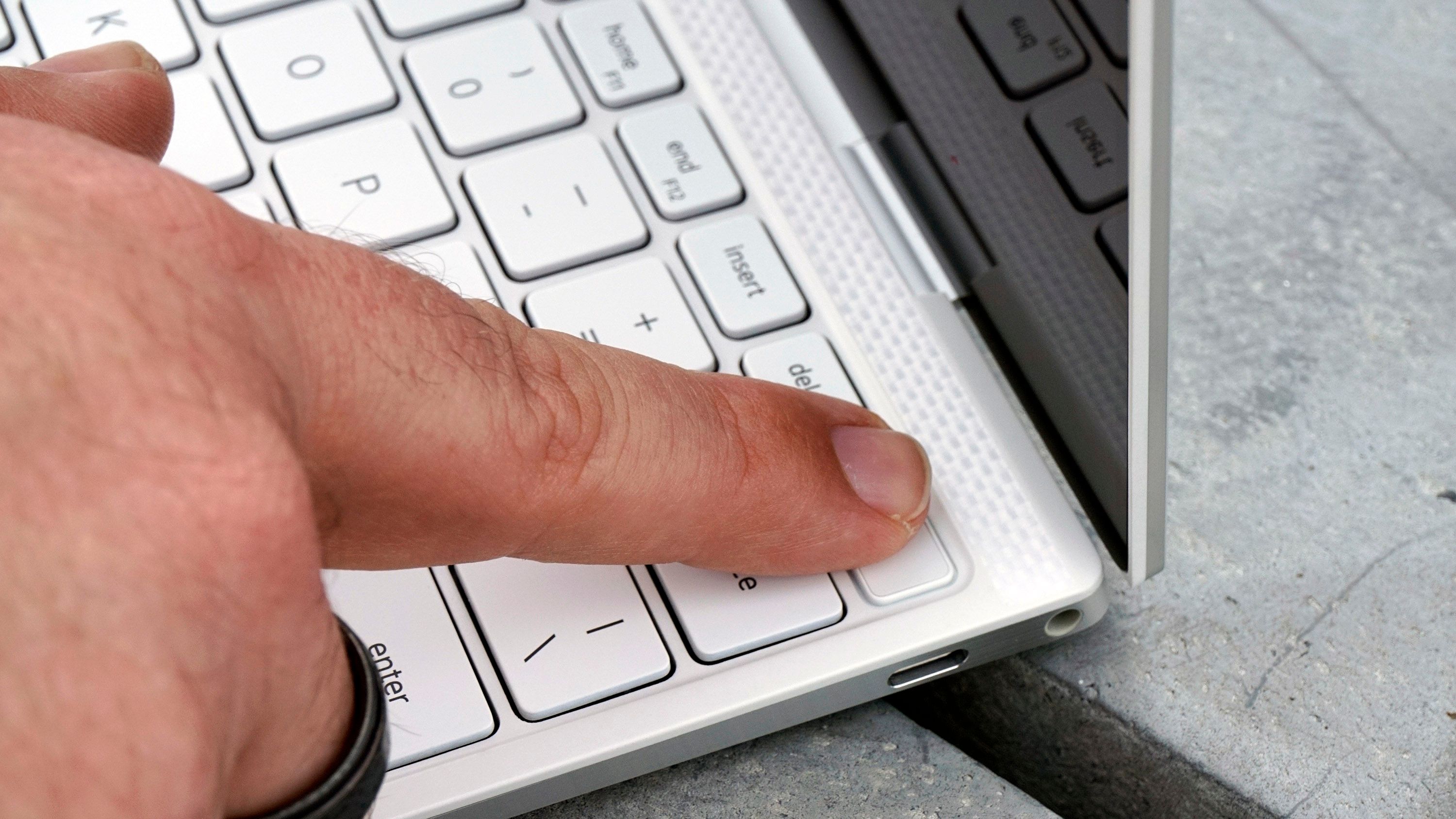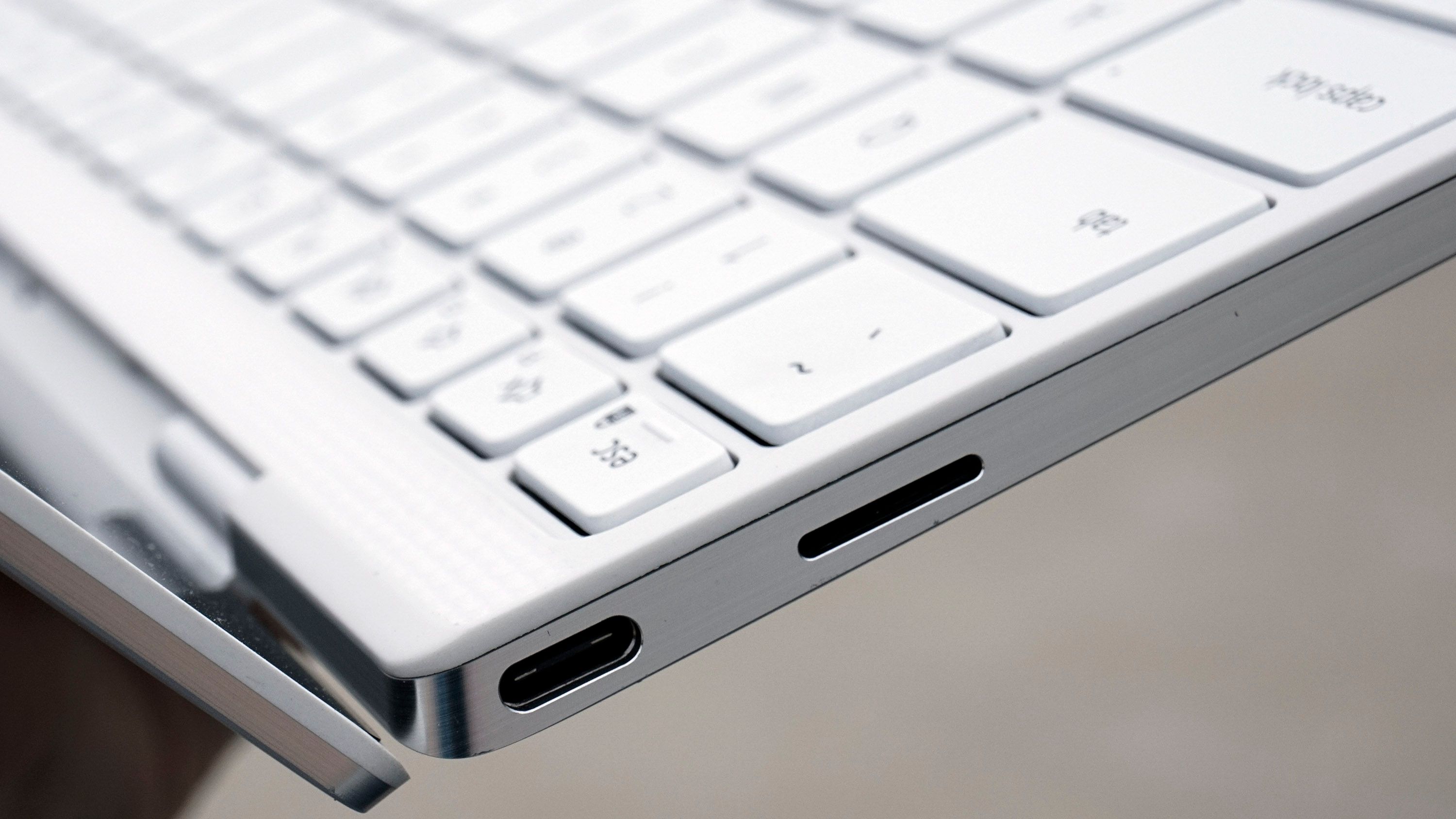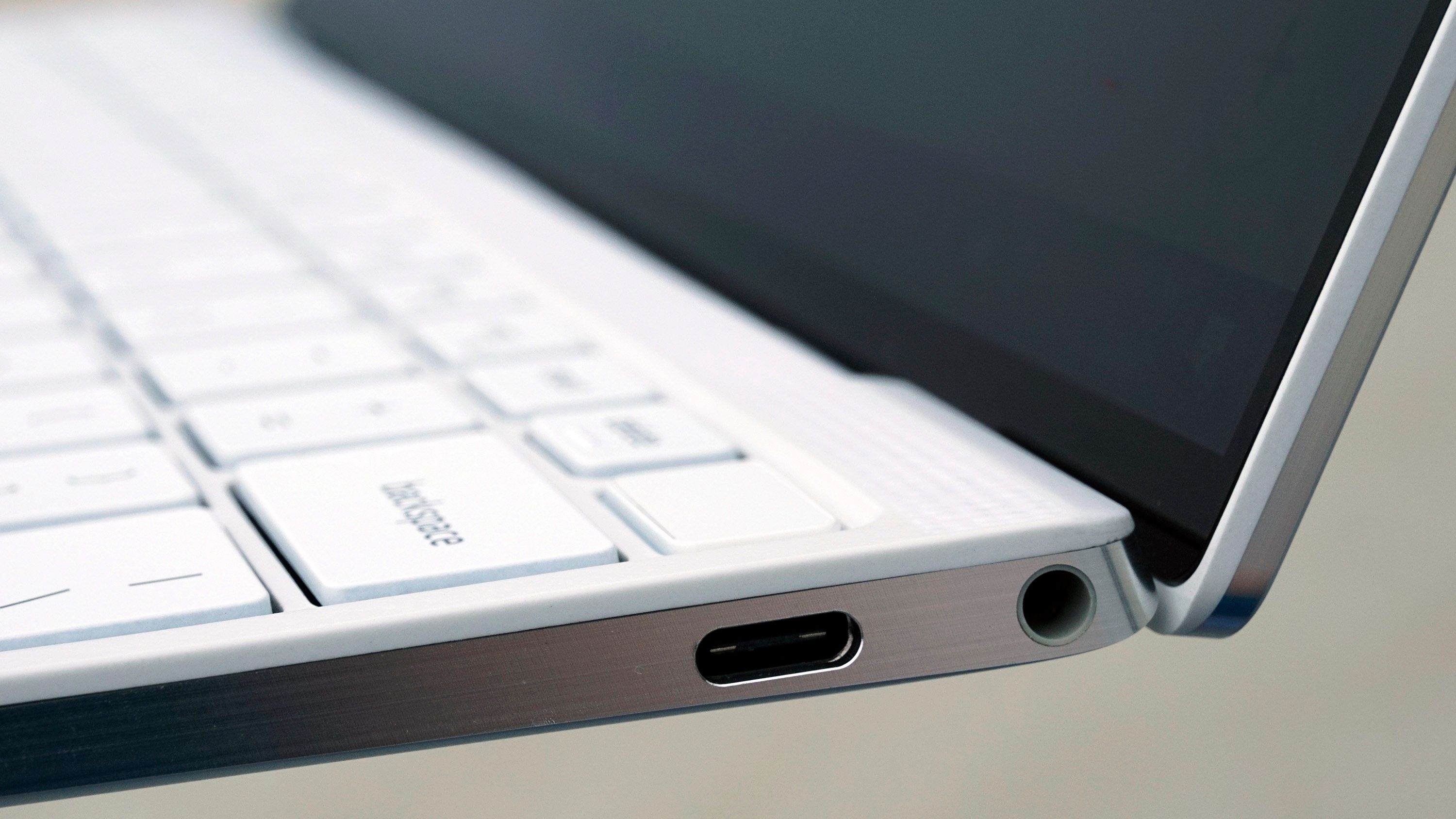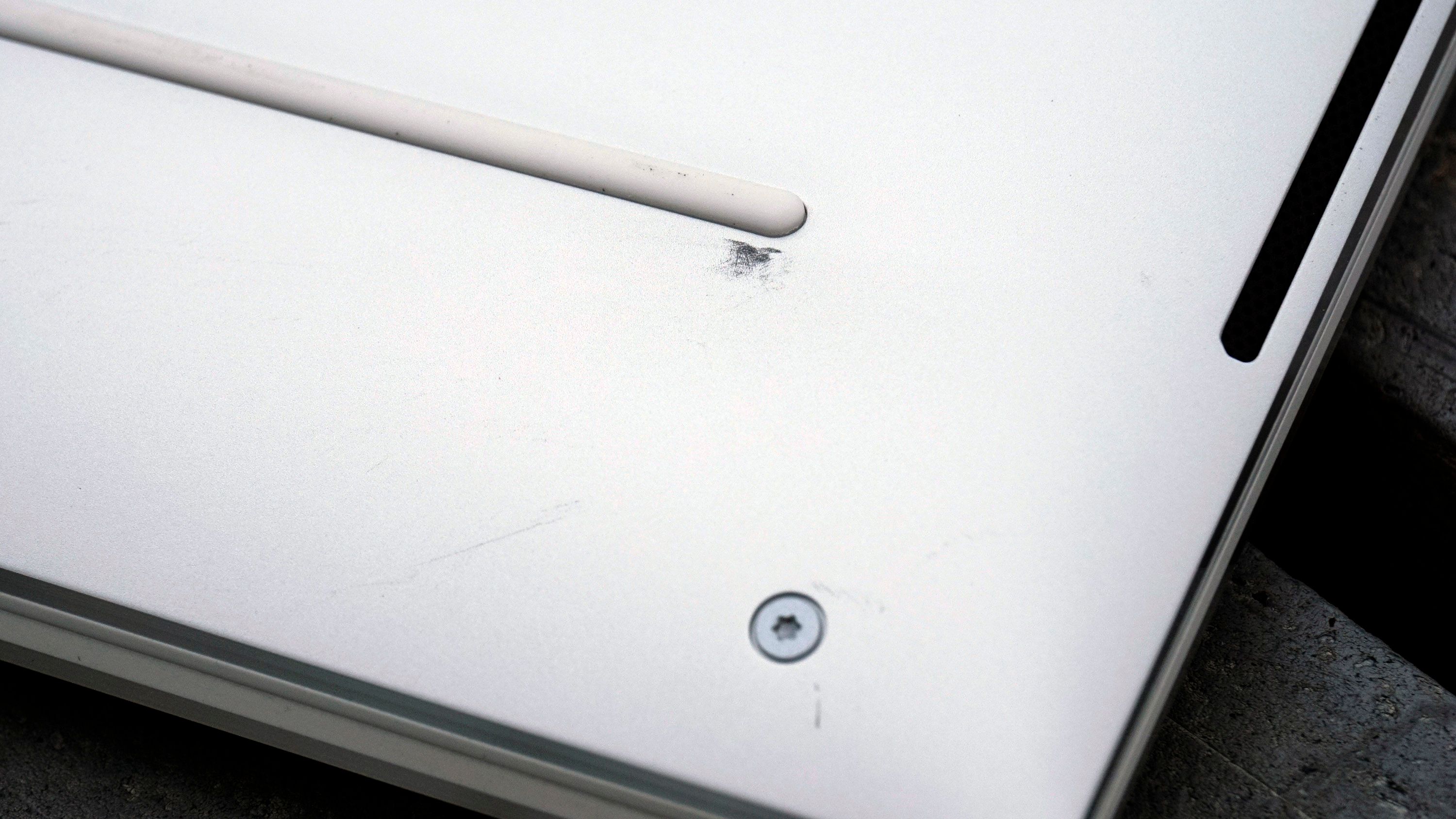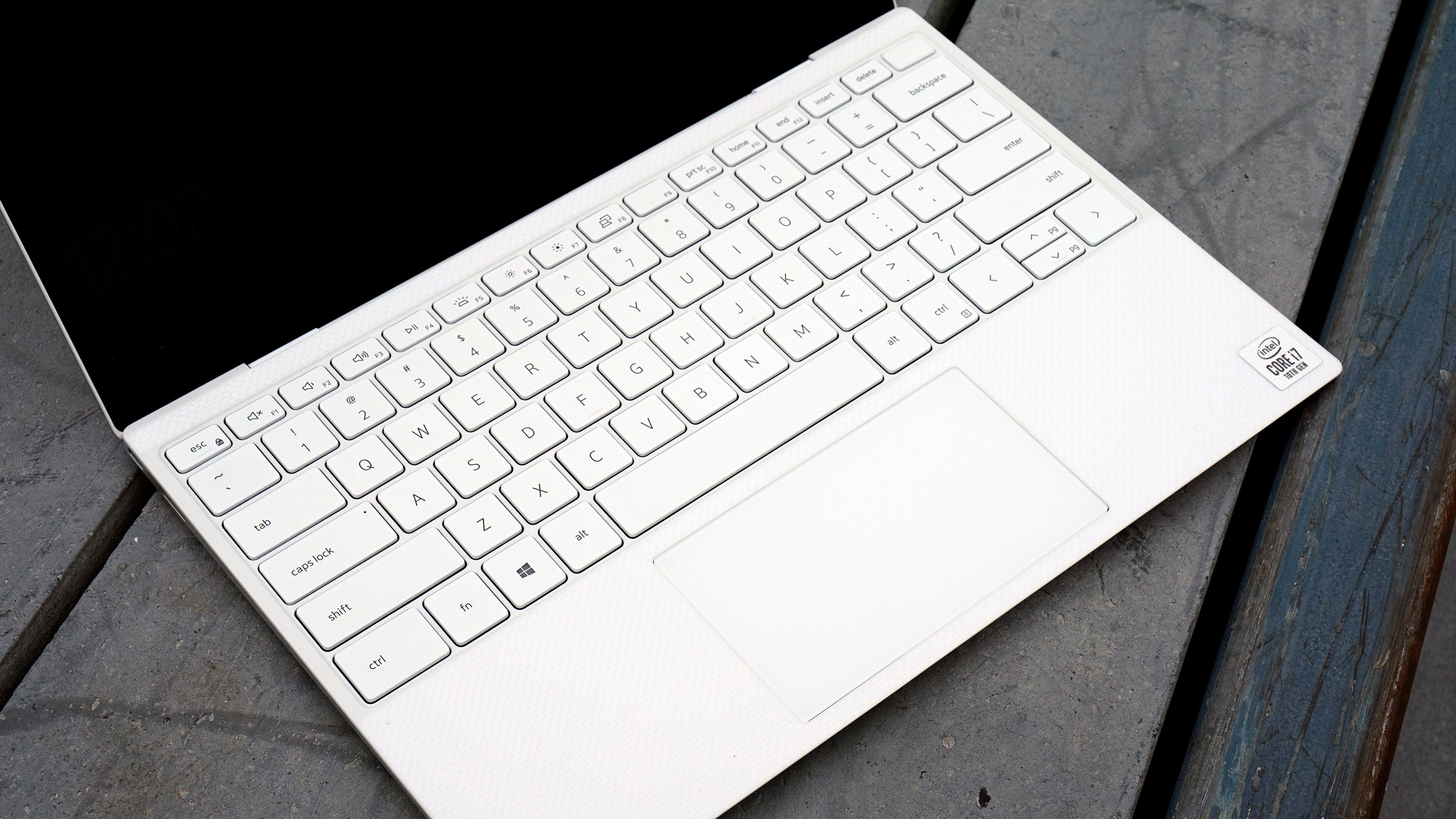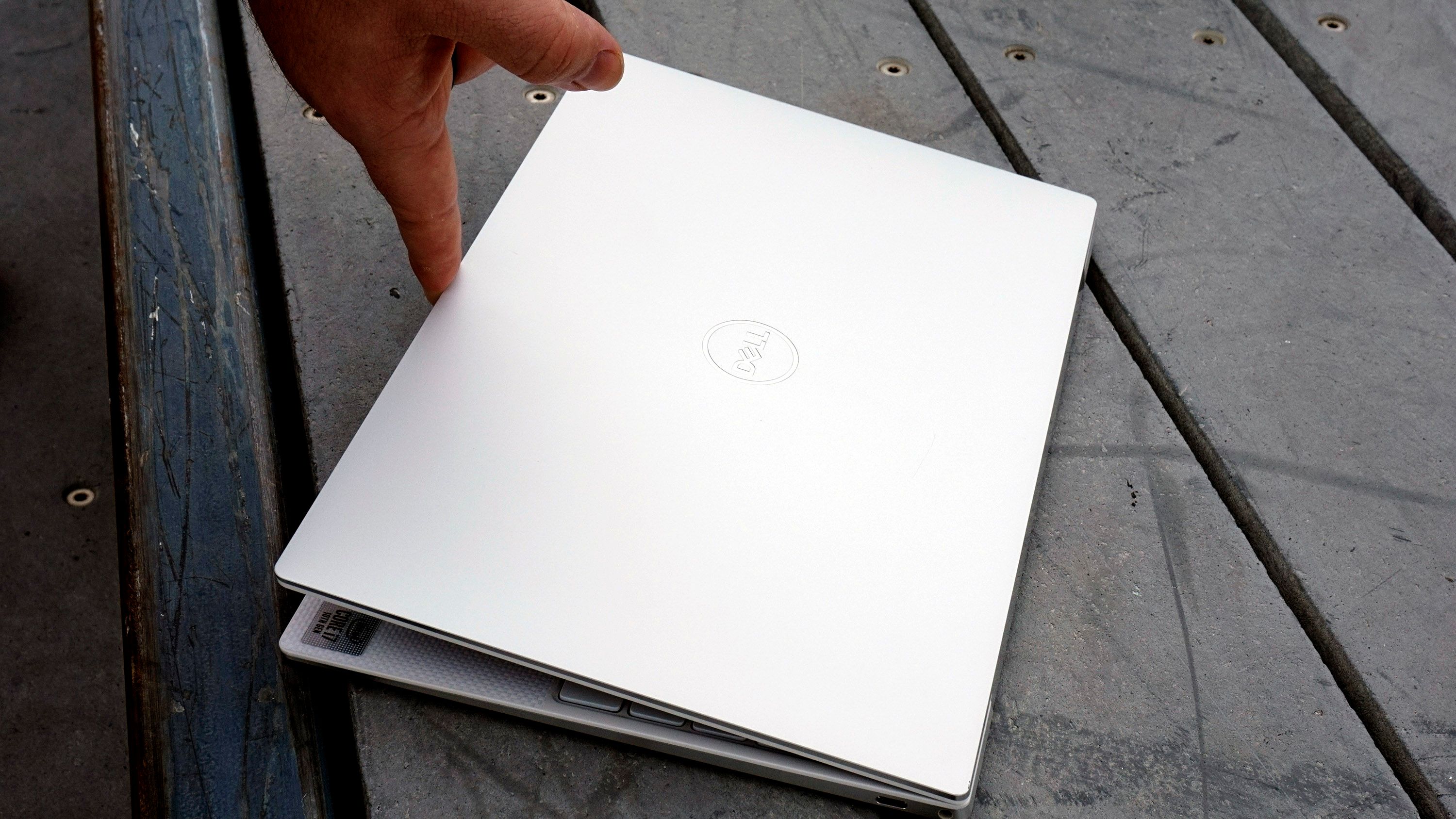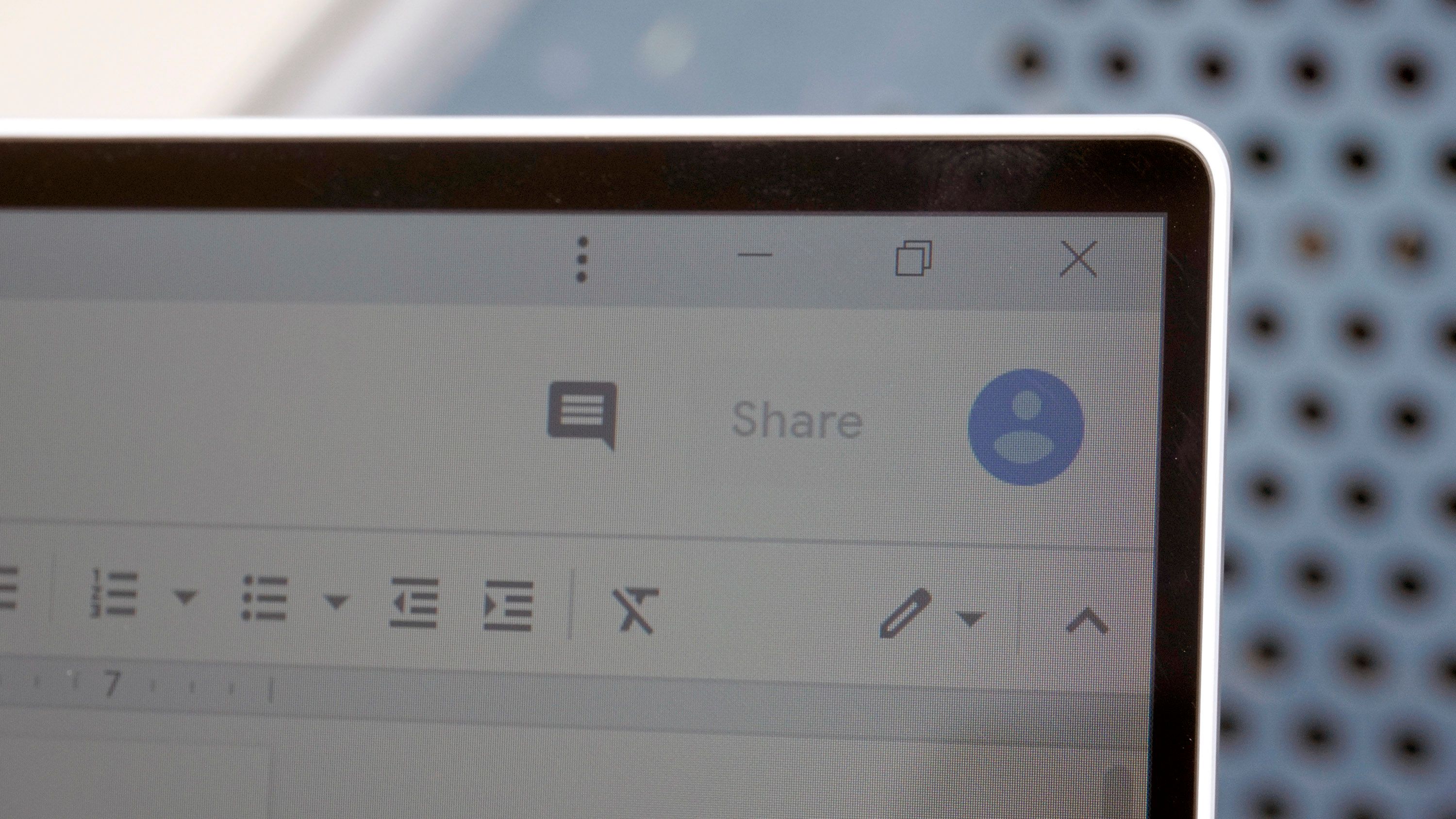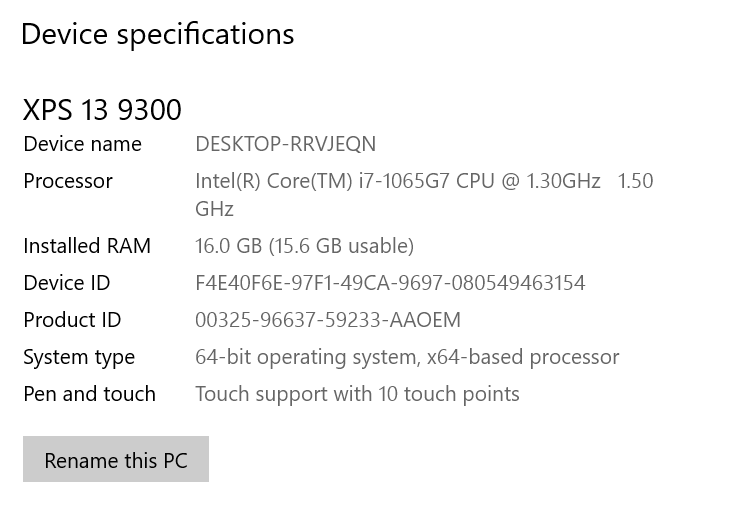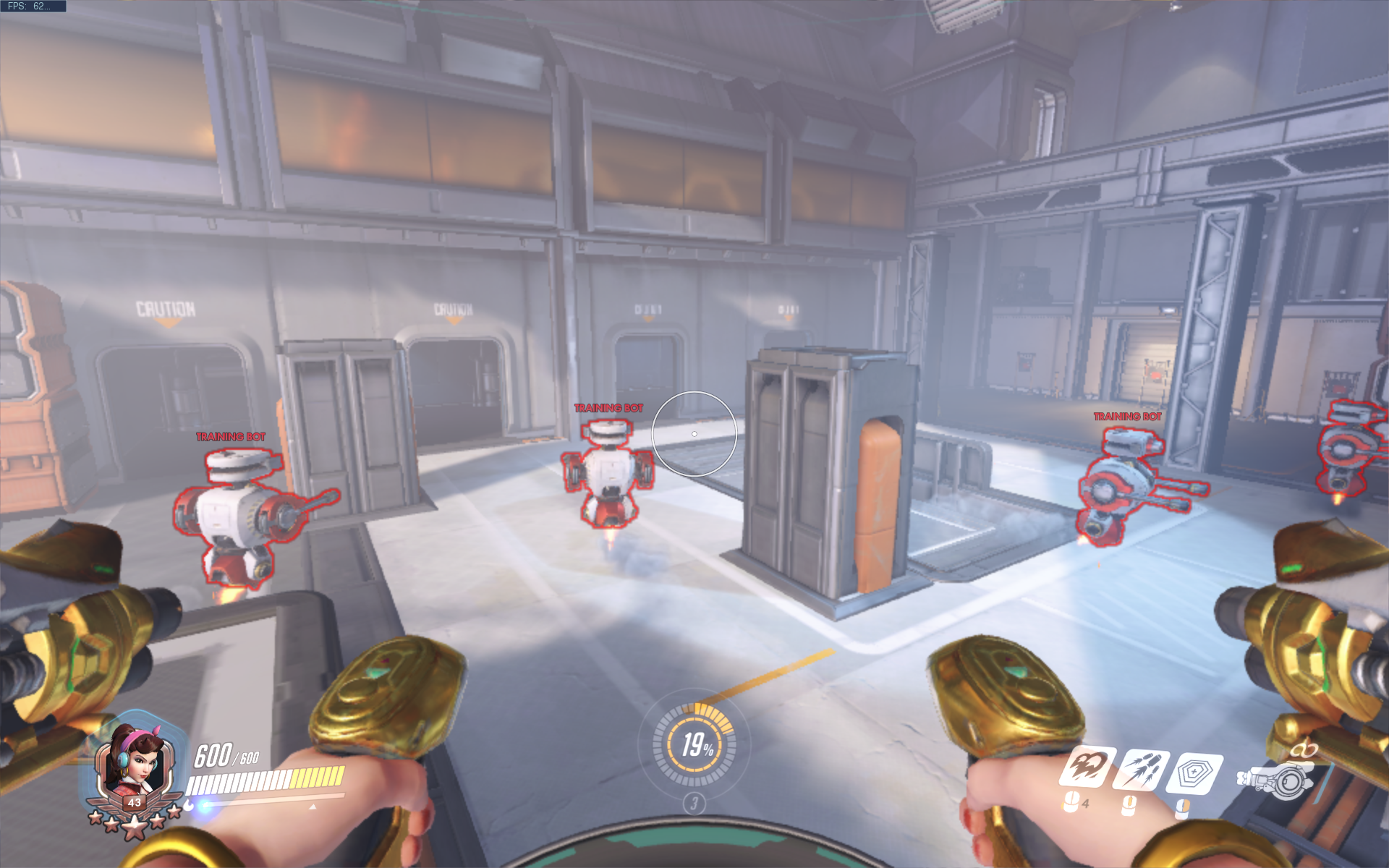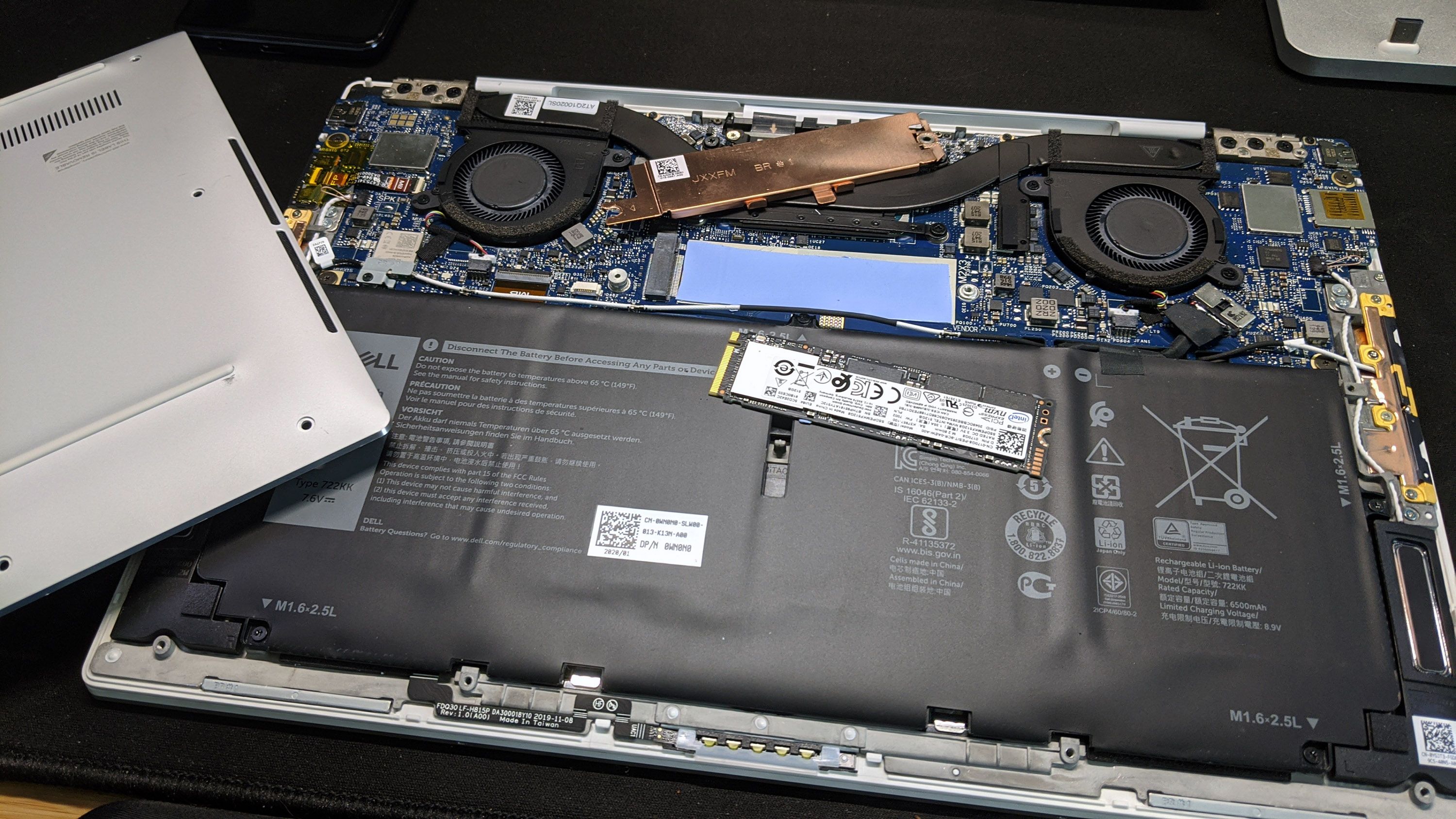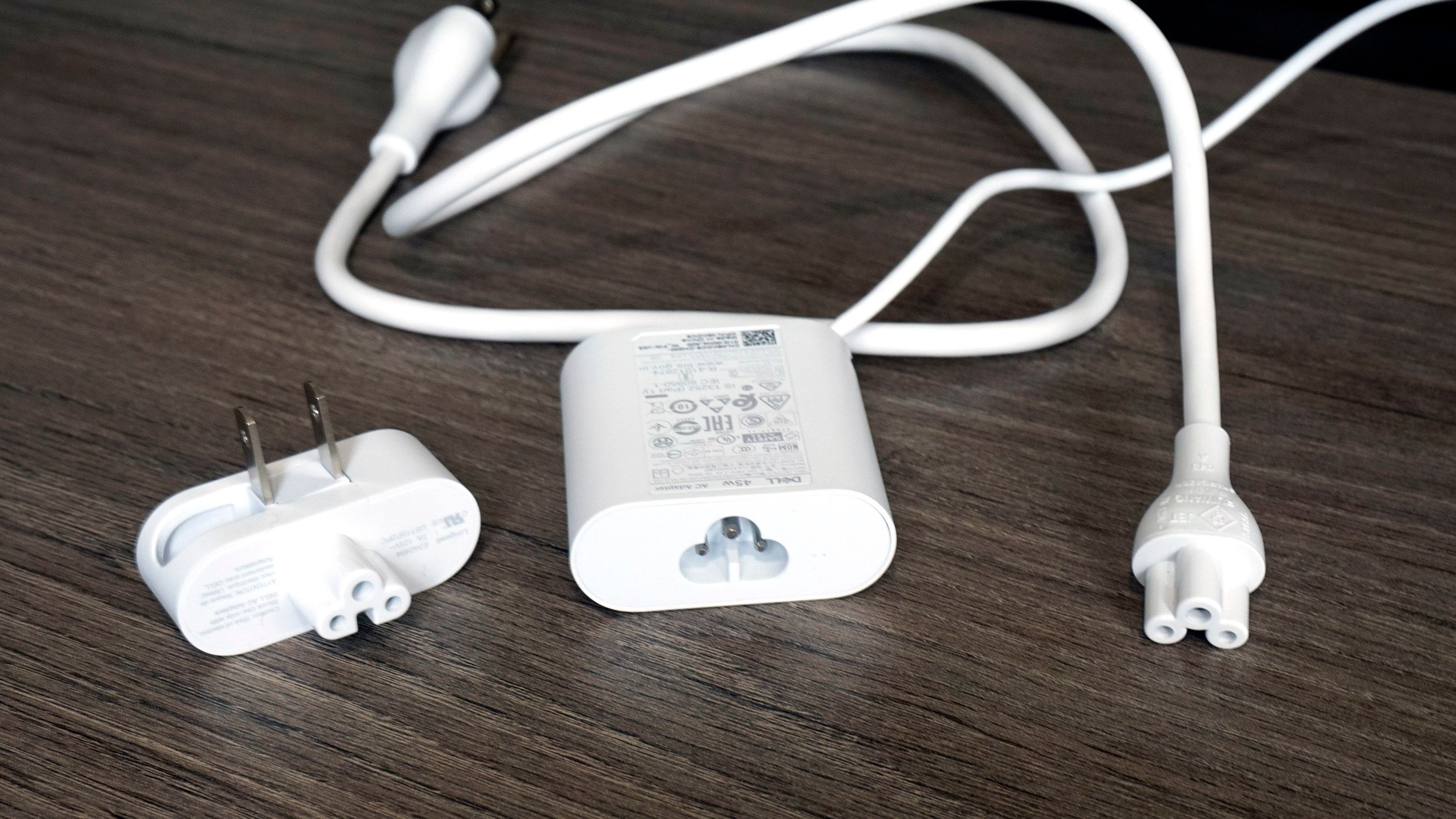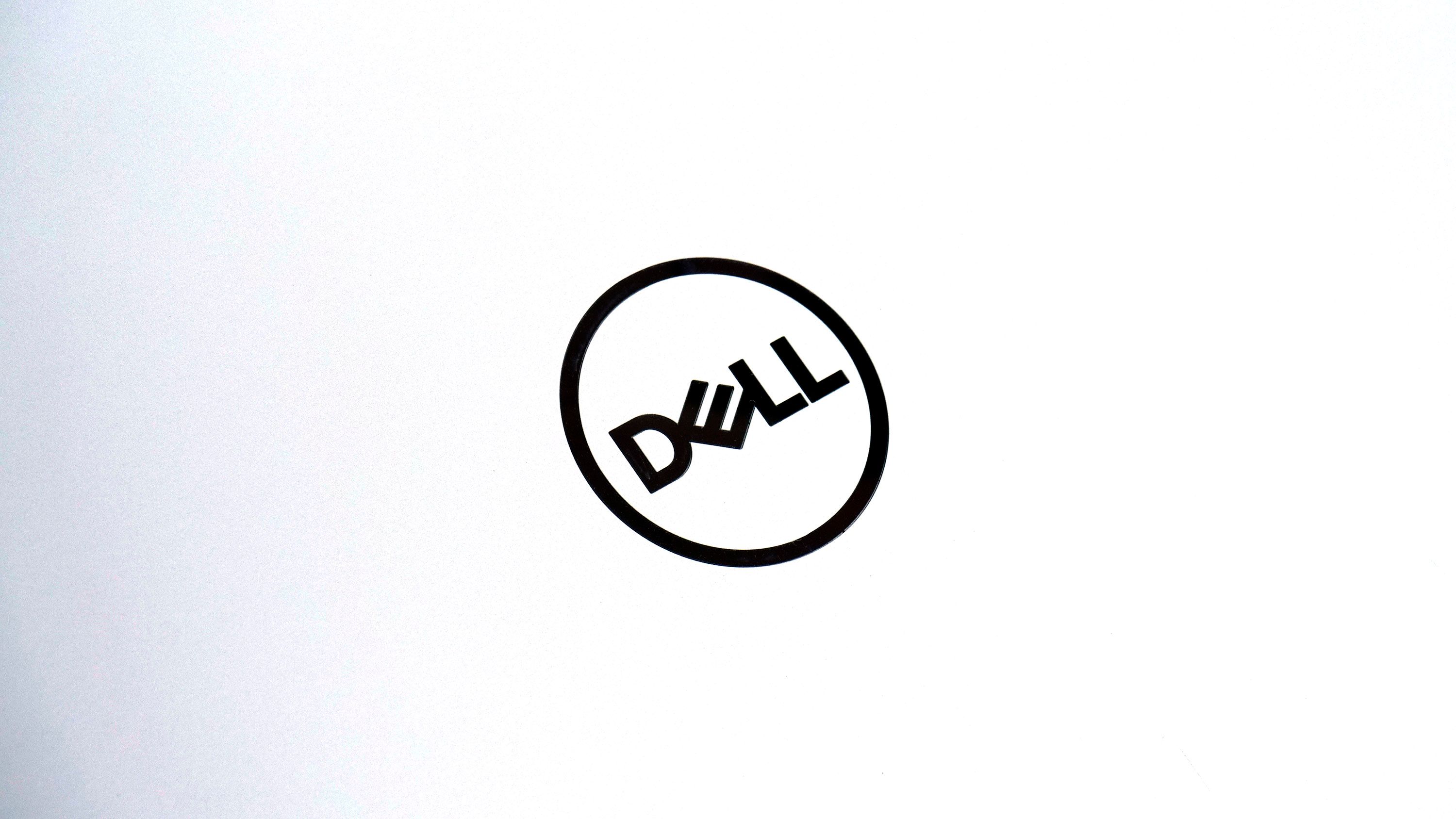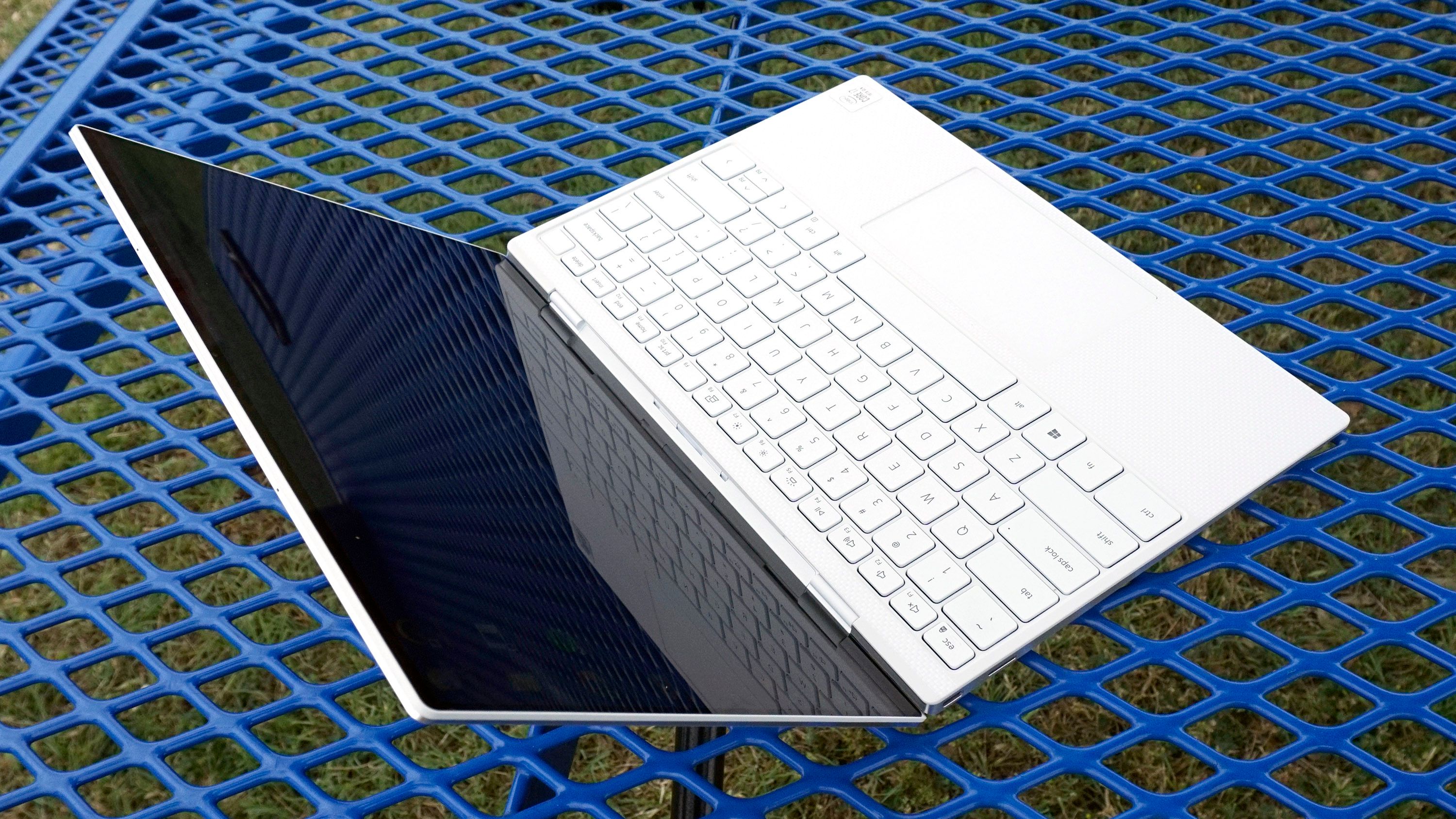Quick Links
For years I've read that the Dell XPS 13, or rather the version following the 2015 redesign, was the best all-around Windows laptop out there. As Apple's MacBook line has taken a few knocks, it's been called the best laptop, period. After that high praise, I admit I went into this review with a degree of skepticism.
But you know what? That praise is justified. It's a fantastic little laptop, and as much as can be said of any single machine, I think "the best laptop" can be applied in at least a general sense. Every inch of the XPS 13 bleeds thoughtful design and engineering, backed up by excellent hardware and materials.
The laptop isn't perfect, but it's damn close. And obviously it's impossible to recommend in all circumstances---if you need a discrete graphics card or a convertible design or a pop-out secondary screen, or indeed a budget price tag, this laptop isn't for you. But anyone looking to invest in a dependable, portable, and eminently usable computer could do a lot worse. And in fact, it would be hard to do better.
Design
The XPS 13 is an aluminum-and-carbon fiber-sandwich. That is to say, the exterior body is aluminum alloy, and the keyboard deck is made of hardened carbon fiber for comfort, light weight, and heat dissipation. Oh, and there's a tempered glass screen---which I guess in this example is a slice of cheese. Glass cheese.
Aside from its crazy-thin frame, the aesthetics of this laptop are actually pretty understated. (Remember when XPS was Dell's "gaming" brand?) Our review unit is a tasteful white, but that's only apparent on the keyboard and deck and the screen trim. The black model is even less distinctive, though the carbon fiber on the palmrest is quite nice.
There's a fingerprint sensor cleverly hidden in the power button.
The laptop does feel much more "balanced" in terms of looks, thanks to the webcam that's been hidden in the upper bezel. I'm also a fan of the power button, subtly hidden on the keyboard next to "Delete," which integrates a fingerprint sensor. It looks like an itty-bitty version of the trackpad, and it keeps the whole keyboard deck symmetrical and clean---very nice.
Left side: USB-C and MicroSD card reader.
Note that this version of the XPS 13 design is bog-standard laptop, with a hinge that doesn't fold back on itself. (There's a convertible model, too, though it's bigger and less sleek.) The only other distinguishing feature is the power light, glowing beneath the trackpad whenever the laptop is on. On the left side, you get a USB-C port for data and power plus a MicroSD card slot. On the right is an identical USB-C port, plus a headphone/microphone jack. Aside from the speakers and air vents on the bottom of the frame, that's it.
Right side: USB-C and headphone/microphone. Power can be delivered to either side.
The white model sure does look slick, but I'm not entirely confident in the finish on the aluminum: after a couple of weeks on nothing too strenuous, I've noticed scratches and smudges on the bottom.
The finish on the bottom is easily damaged, even though I've babied it for this review.
Usability
If that description of a nondescript laptop sounds dismissive, I don't mean for it to. Every bit of this thing oozes careful and tight design. The way the lid can be lifted with one firm finger but doesn't wobble under intense typing, the way the trackpad is huge and smooth but never accidentally activates from my palm, the way the two raised "feet" bars on the bottom of the laptop keep it from sliding on almost any surface. It's amazing how much is done so right and so consistently on the XPS 13.
I'm a self-admitted keyboard snob, so when I say that the laptop's keyboard feels "pretty good," consider it high praise. Dell isn't quite reaching the heights of Lenovo's ThinkPad series here, but it's not far off, either. I was able to bang out long articles (including this review) with no discomfort and almost no adjustment. A proper left Ctrl position and a full-width right Shift bar help a lot.
The trackpad deserves special praise. I don't know how much of this is improvements in Windows, improvements in OEM suppliers, or Dell itself, but it's fantastic. The touchpad is almost---almost---good enough to make me forget about my mouse. At the very least, it's good enough that I don't feel hamstrung if I leave it at home.
The firm lid can be opened with one finger.
Our review unit has a 1920x1200 LCD screen, which I think is more than enough for a 13-inch laptop. Naturally, it's also available in 4K, if you think that's necessary at this size. I'm a fan of the 16:10 aspect ratio, which I consider ideal for almost all computers with desktop operating systems. Oh, and the screen has touch input, though I almost never used that feature.
The 500-nit brightness is a big help, too: I was able to use the laptop in full sunlight, albeit with a little squinting. I can see a bit of dimming on the far left and right, which I assume is a byproduct of that super-thin bezel. It's not terrible, but it does mean that the display is a few notches away from perfect---a shame that there's no OLED option, as is available on some of the XPS 15 models.
The speakers are loud, if not amazing---I have a feeling nothing's going to dethrone the Yoga C940 for a while. And the fan comes on when I'm hitting Chrome or Photoshop hard, but that's to be expected, and it's far from the worst offender in that regard.
There's only one thing I'd change if I could: this thing needs a USB-A port. It has two USBC ports, helpfully placed on either side of the keyboard---extremely handy for those odd corners in hotel rooms and coffee shops. But I'd trade a few millimeters of thinness for a standard port, so I could use older cables and flash drives without needing a bulky adapter (which is included in the box).
Hardware and Power
The standard loadout for the latest version of the XPS 13 (model number 9300, oddly lower than last year's 9380) costs $1200 without any promotions. That'll get you the latest 10th-gen Core i5 processor, 8GB of RAM, 256GB of SSD storage, and the default 1920x1200 non-touch screen.
Our review unit, with upgrades to a touchscreen, Core i7 processor, 16GB of RAM, and 512GB of storage, costs $1700. At the time of writing, you can max out the build on Dell.com with a 1TB SSD and a 4K screen for an even two grand.
In a couple of weeks of work, I wasn't able to find a normal "office" task that the i7 and 16 gigs of RAM couldn't handle. Granted, my load is heavy on RAM and not much else---I do 99% of my work in Chrome, Slack, and Photoshop. But even when outputting to three monitors at once (the Iris-integrated GPU couldn't quite power the laptop's screen on top of that), I saw barely a shudder.
The GPU can handle a little basic gaming, but don't expect miracles. Overwatch, a very forgiving game, was able to hover around the 60fps mark by setting the graphics to low and cutting the rendering in half. Still, it managed to hang on to the 1920x1200 resolution. Not bad, just don't ask it to run silky-smooth DOOM or Destiny.
In terms of software, the Windows 10 build preinstalled on the XPS 13 is fairly clean. There are a few pack-in games that Microsoft can't seem to let go of, and a handful of mostly unnecessary extras from Dell for managing things like power and driver management (that's built into Windows, come on!). It's fine. I'd be alright using this machine without doing a clean Windows 10 installation, but not without making considerable use of the "Add and Remove Programs" menu.
Accessing the SSD isn't easy, but it might save you a pretty penny over Dell's expensive upgrades.
Unlike most ultraportable laptops, and indeed, previous versions of the XPS 13, this one lets the user access and replace the SSD. It's not easy or convenient---you'll need a T5 torx driver to get eight screws out, and be careful of the aluminum casing, which managed to slice open my finger as I lifted it. But indeed, you can replace the storage with an off-the-shelf M.2 drive, without voiding your warranty. Alas, the RAM is hidden away and soldered to the motherboard, and not accessible without more extreme measures.
Extras
Moving the camera to the top of the bezel and banishing the dreaded "nose cam" was a great move, enabled by some clever and tiny cable routing. But there are also two infrared sensors in there, allowing Windows Hello to recognize your face for easy log-ins. It seems a little touchy---using it outside was tricky---but I appreciate the inclusion. Ditto for the fingerprint sensor, already discussed.
I also like the MicroSD card reader, which is a feature becoming more and more niche. On a machine this compact it could have easily been left off, but as someone who frequently needs to take photos with "real" cameras and load up bits of data for mobile devices, it's handy.
The power adapter can use a full cord or a handy travel plug.
One more feature deserves particular kudos: the power adapter. At first glance, it's a standard 45-watt brick, complete with the long cable and box that I've been annoyed by ever since Anker started selling those sleek USB-C chargers. But wait: inside the box is a little travel charger adapter, which can snap into place on the power brick! It even has the swiveling prongs that collapse into the plastic housing.
That makes the adapter ideal for both a long lounge on the couch, in its full-length three-prong mode, and for a travel recharge where time and space are at a premium. Well done, Dell.
Portability and Battery Life
Our review unit tipped the scales at 44.9 ounces, a bit shy of three pounds. That's nothing exceptional by modern standards, but it's also not particularly heavy. The XPS 13's diminutive dimensions---just 11.6 inches wide, 7.7 inches long, and .6 inches thick---make it easy to throw in almost any bag. (Note to Dell: I didn't actually throw your laptop anywhere, I know it's very expensive.)
I was never able to exhaust the XPS 13's battery in a single workday, even at high-screen brightness and using tons of Chrome tabs. My pass-out battery test, a looped YouTube video with lots of other tabs at 75% brightness and 50%, saw the laptop making it 8 hours and 30 minutes. I'd estimate that means a 10-hour battery life of doing almost anything with the exception of gaming.
That's excellent longevity out of the 52 watt-hour battery. Combined with USB-C charging on either side and the well-designed charger, this laptop is a little road warrior.
Value and Conclusion
There's no way around it: 1200 bucks for the XPS 13 starting configuration is up there. It's not unreasonable given the configuration, and you can take the bite out of at least one of the pricier upgrades with a user-accessible SSD, but you're still paying a lot for this machine.
That said, I'm inclined to say that it's worth it. Woes about USB ports and slight dim are minimal: this is a fantastic little laptop. If you don't need whopping graphical power or a huge screen, it's hard to imagine anyone being less than completely satisfied by the design. Add on impressive battery life and portability, and you've got a winner in just about every way.
If the price is too much for you, consider that Dell often runs promotions on its web store. If even that isn't enough, wait a while: the price for the entry-level XPS 13 tends to drop below $1000 after a year or so, when Dell is getting ready to show off new models.
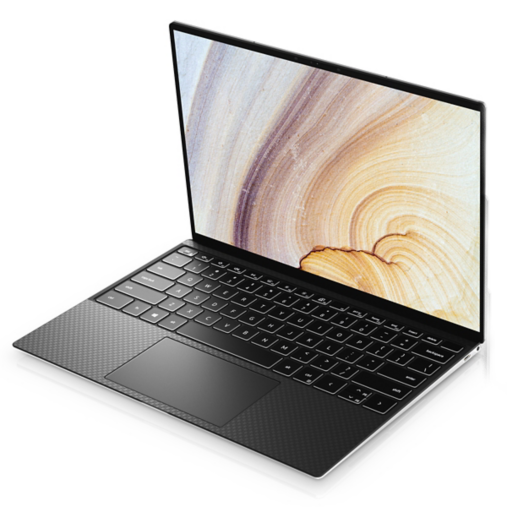
Dell XPS 13 (9300) Laptop
- Fantastic fit and finish
- Long battery life
- Tiny and super-portable
- User-accessible SSD
- Screen could be better
- Needs a USB-A port
- Aluminum finish is fragile

